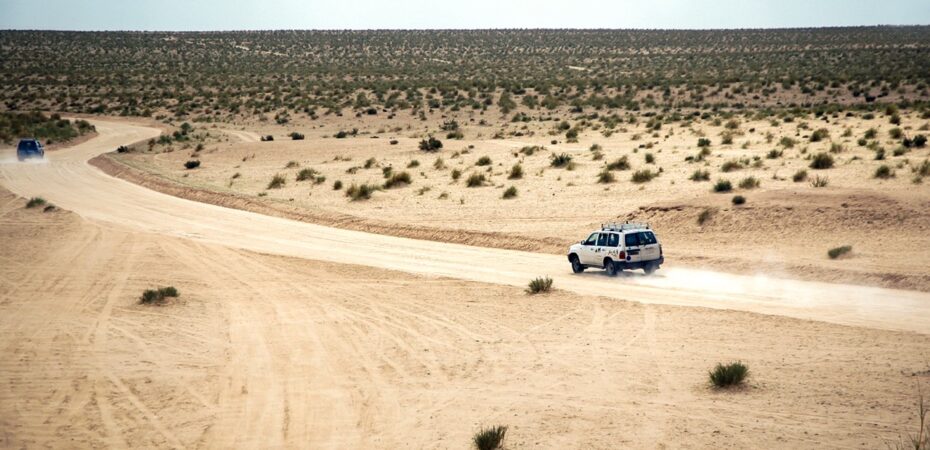Cinema has found its way into many people’s home lives and has influenced our day to day experiences with its powerful messages, political statements or even just its sole purpose, to entertain. The film industry has become a topic for discussion, with its varied forms and different narratives, we as an audience find a piece of ourselves in what we view.
Through cinema we have experienced some of the greatest narratives on the big screen, from fiction and non-fiction to documentaries from around the globe. Many countries across Africa have produced countless masterpieces that have influenced the film industry with the likes of City of God set in South-Africa, where its narrative and complex character developments change with the locations onscreen.
Atlantiques (2009)
“Atlantiques (2009)” is a hidden gem amongst the cinematic industry that is set on the backdrops of the Senegalese coast. This film is directed by Mati Diop, who has explored themes of love, loss and resilience, a real human story where emotional depth is clear. The film’s narrative follows a young woman, Ada, who was left behind by her lover, Souleiman as he pursues a dream of a better life across the sea into Europe. Mysterious events unfold as fantasy and reality intertwine in the narrative which is only heightened by the eerie soundtracks. The director’s vision for the film is perfectly portrayed by the stunning cinematography of the beautiful and vast landscapes that surround Senegal, but also in the performance by Maya Sane, who plays the lead character in this twisted yet emotional thriller.
Beasts of No Nations (2015)
“Beasts of No Nations (2015)”is a Netflix original shot in Ghana and is based on the novel by Uzodinma Iweala. This film explores the harsh reality of war and poses tough questions to the audience on the subject of violence and the true costs of war with a powerful narrative and spot-on casting alongside stunning cinematography. The film explores the atrocities of war through the perspective of a young boy, a victim of exploitation, the story of a ‘child soldier’. We follow Agu, a young boy in a war-torn West Africa who is forced into a guerilla group after his family are murdered by a rebel force. The brutal realities of war are highlighted throughout the film with its fast paced action filled scenes that are heightened by the heartbreaking performance of Agu. The performance of Idris Elba should also be recognised as he optimises your typical antagonist, the role of the deceitful and brutish Commandant creates a level of uneasiness for the audience whenever he is on screen. This is a must watch, an emotional and thrilling depiction of true events.
Adanggaman
“Adanggaman (2000)” explores the horror and dark side of human history with its raw and brutal insight into the transatlantic slave trade. The director Roger Gnoan M’Bala offers the audience a thought provoking narrative, where the vivid and disturbing reality of slavery is at the core. Set in West Africa during the 17th Century the film follows a young man, Ossei who becomes a victim of greed and exploitation, and is sold into slavery by a neighbouring tribe. The cinematography highlights the beautiful landscape of West Africa with an array of establishing of the sweeping landscapes that are purposely juxtaposed by the brutal and horrific realities of slavery. We are met with stunning visuals but an emotional burst of morality through the narrative alongside the shameful reality of society’s dark history. The characters’ performance provides stunning insights into the atrocities committed during this period yet they highlight the testament to human spirit and resilience. Adanggaman leaves the audience confronting the truth of our history well past the final credits.
Welcome to the Smiling coast: Living in the Gambian Ghetto
Welcome to the Smiling coast:Living in the Gambian Ghetto (2016) is a documentary by director Bas Ackermann that explores the lives of society’s underprivileged residents in Gambia. The documentary takes the audience through both the good times and the hardships people face in the crowded backstreets and lively communities in the ‘Ghetto’.The documentary addresses the broken housing structures where households have become overcrowded, the limited access to healthcare, medicine we take for granted becoming a scarcity amongst these communities. Ackermann has provided the audience with a range of perspectives amongst the overlooked through interviews. The residents have hope despite the conditions around them with one interview ending in hope,” But we have each other. We look out for one another, like family. That’s what keeps us going.But we have each other. We look out for one another, like family. That’s what keeps us going.”. While the lens of the camera acts a powerful social commentary on the dreams and aspirations of the ‘Gambian Ghettos’ residents. This social commentary reminds the audience of universal desires, the want and need for basic living standards; the urban neighbourhood of the ‘Ghetto’ is far from the tourist industry of Gambia.


